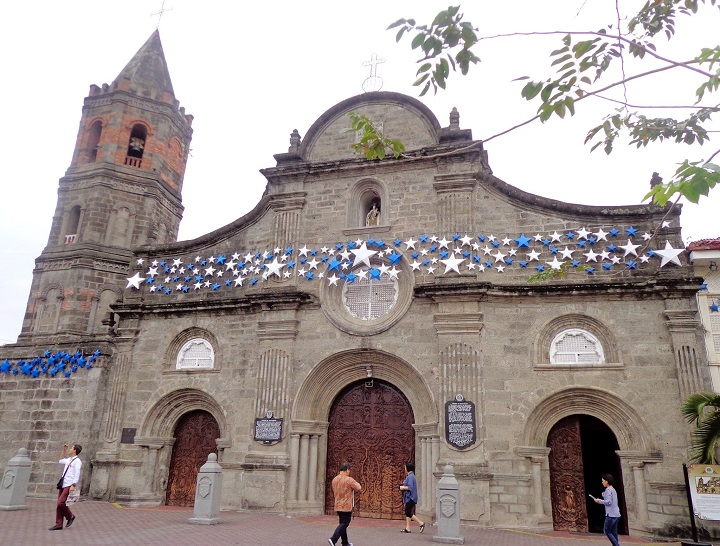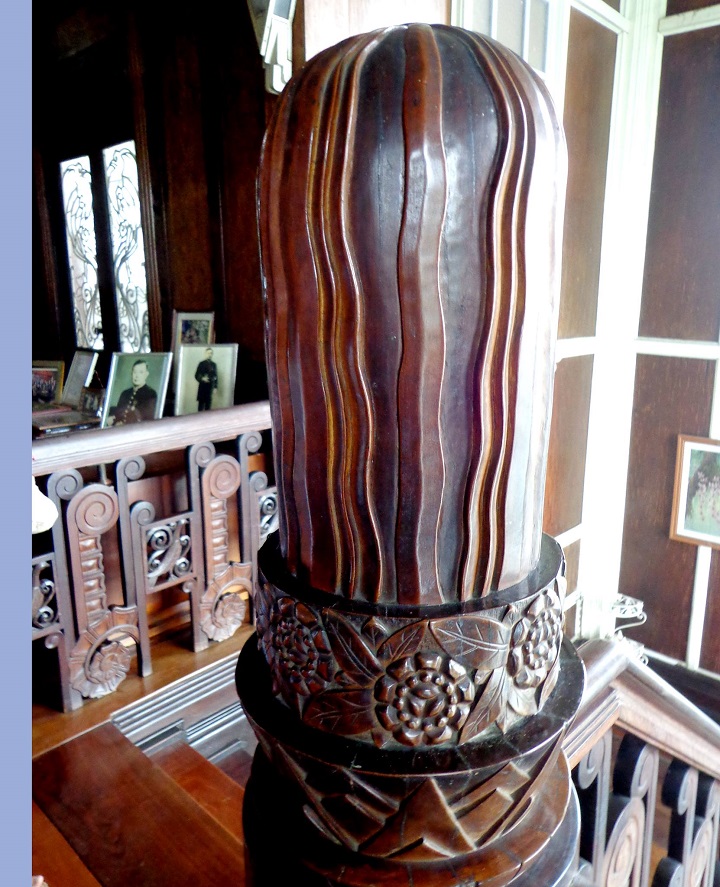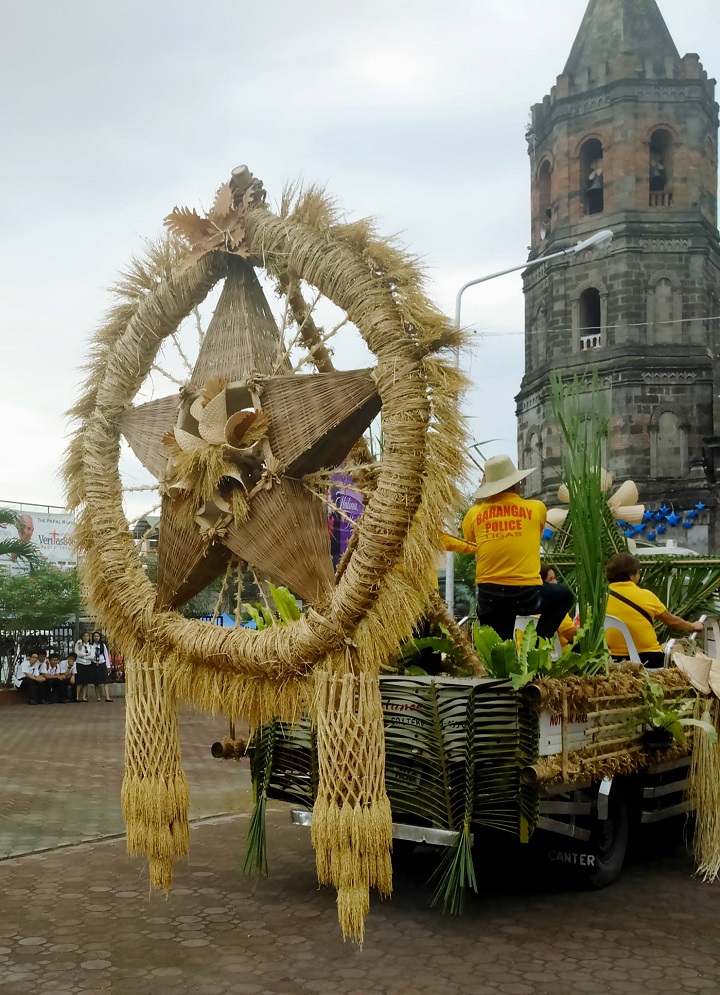Filtered By: Lifestyle
Lifestyle
‘Vamos a Malolos’ as city celebrates anniversary of PHL’s 1st republic
Text and photos by VERONICA PULUMBARIT

Barasoain Church in Malolos, Bulacan
In January, Malolos will commemorate the date with “Fiesta Republica,” a grand city-wide celebration that will begin on January 13 and run until January 27. The festivities lined up for the public include:
- Cine Republica, a short film festival to be screened at Robinson’s Place, SM Baliuag and SM Marilao on January 13;
- a bike festival on January 17;
- Kalutong Malolos, a food festival on Paseo del Congreso on January 18;
- the Gawad Bayani at Bituin on January 21;
- the 116th Araw ng Republikang Filipino 1899 at Barasoain Plaza on January 23;
- the Feast of Santo Niño at the Kamestisuhan district of Malolos on January 24 and 25; and
- a cheerdance competition on January 27.
'Vamos a Malolos'
The Fiesta Republica festivities are part of the city’s ongoing “Vamos a Malolos” tourism campaign, Malolos City tourism officer Armando Sta. Ana said at the campaign's press launch.

The 'Vamos a Malolos' logo. Image from maloloscity.gov.ph
Malolos was one of the areas with strong anti-Spanish sentiments. In fact, the city was once called “Los Malos” (The Rebels).
Sta. Ana noted that Malolos has a rich cultural history and has over 100 heritage sites, including the Museum of the Women of Malolos.
The so-called “Women of Malolos” was composed of 20 young high-society women who sought permission to open a night school so that they could study Spanish.
However, the Spanish parish priest and the governor-general turned down their petition. Despite the rejection, the women persisted in their cause, something unheard of at that time, causing a stir not only in the Philippines but also in Spain.
Eventually, their petition was granted and national hero Jose Rizal wrote them a letter in Tagalog, extolling them for their bravery.
Vicente Enriquez, president of the Women of Malolos Foundation that runs the museum, said their collection includes family photos of the 20 women, the clothes they wore, and even the kitchen utensils they used in preparing food for the revolutionaries.
Other noteworthy places to visit in Malolos are:

An elaborately carved wooden finial at the top of the stairs in the Santos heritage house.
Kamestisuhan district – the province's richest families used to live here, mainly Chinese-Filipino mestizos who sided with the English when England briefly colonized the Philippines from 1762 to 1764. After the British left the country, the mestizos were confined in a pariancillo (small community) so that the Spaniards could easily keep an eye on them.
Houses of Chiong and Cervantez – these houses were used as the first offices of the Department of Interior and Local Government and the Department of Finance.
House of Doña Julita Adriano – this used to be the office of the Gobierno dela Plaza Militar. It is presently used as an office by Meralco.
Kalayaan Tree – growing in the churchyard of the Malolos Cathedral, this centuries-old Siar tree (Peltophorum pterocarpum) was brought to Malolos from South America by Augustinian friars; it is the only tree left among the many Siar trees that lined the cathedral’s patio, where revolutionaries used to meet.
Malolos also takes pride in its cuisine that includes delicacies such as lechon de leche, hamonadong Malolos, pochero, dampalit, gurgurya, empanada de kaliskis, enseimada de Malolos, among others.
'Araw ng Republikang Filipino'
Through Presidential Proclamation 533 issued in 2013, January 23 of every year has been declared Araw ng Republikang Filipino 1899.”

A festive parol during the Lantern Parade at Barasoain Church on December 15.
The Philippines’ first President, General Emilio Aguinaldo, had earlier declared independence from Spain on June 12, 1898 from the balcony of his house in Kawit, Cavite.
However, what Aguinaldo established at that time was a dictatorial form of government. Upon the advice of Apolinario Mabini, the dictatorial form of government was later changed to a revolutionary one.
According to the NHCP, Aguinaldo formed a revolutionary congress at the church of Barasoain in Malolos. Although the Malolos Congress existed only briefly, its noteworthy achievements include the ratification of the declaration of independence and the drafting of the country’s first constitution, the Malolos Constitution. — BM, GMA News
For a guided tour of the Museum of the Women of Malolos and other historical sites in Malolos, call 0917-388-1486 or email fiestarepublica@yahoo.com.
More Videos
Most Popular



